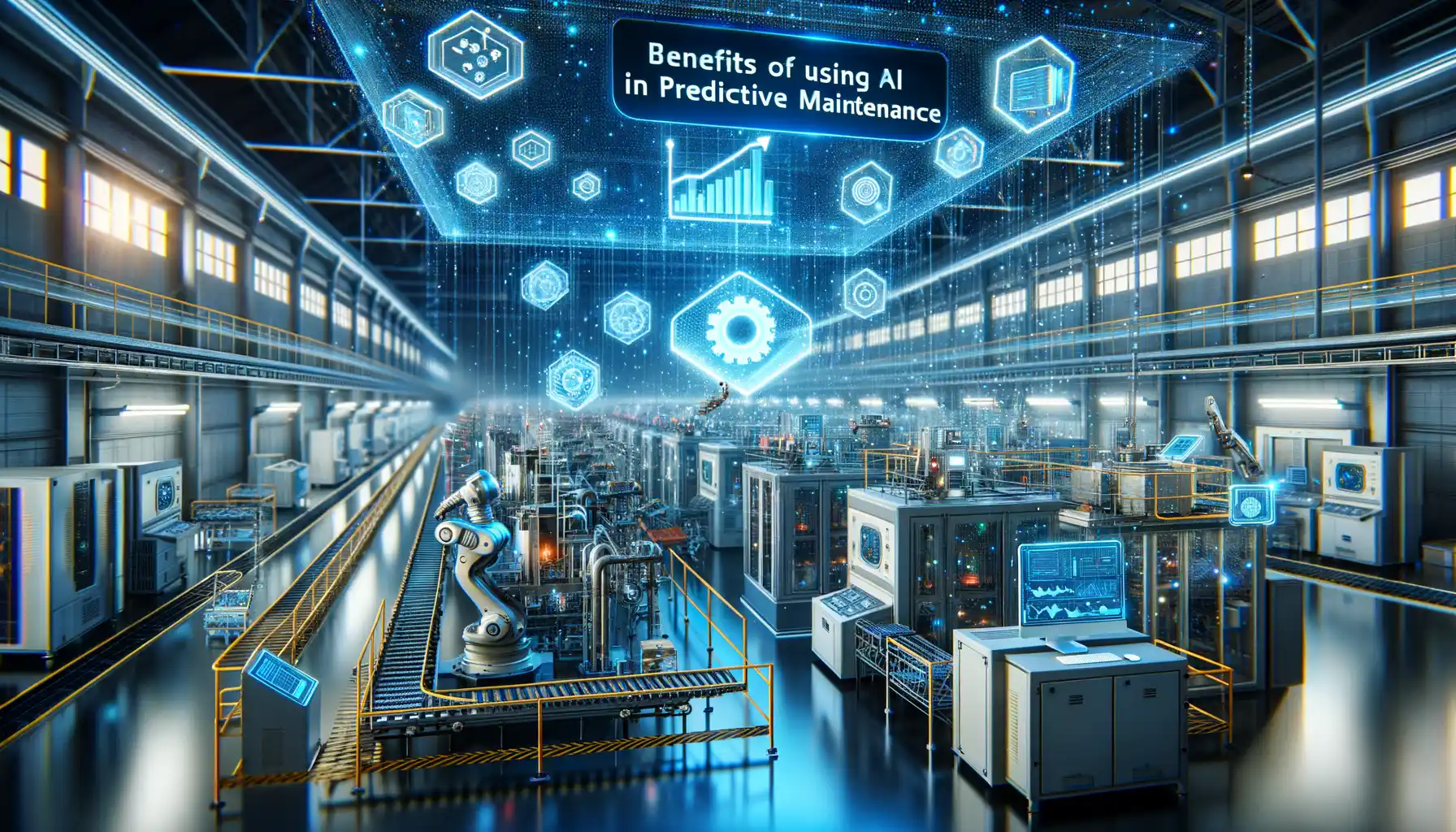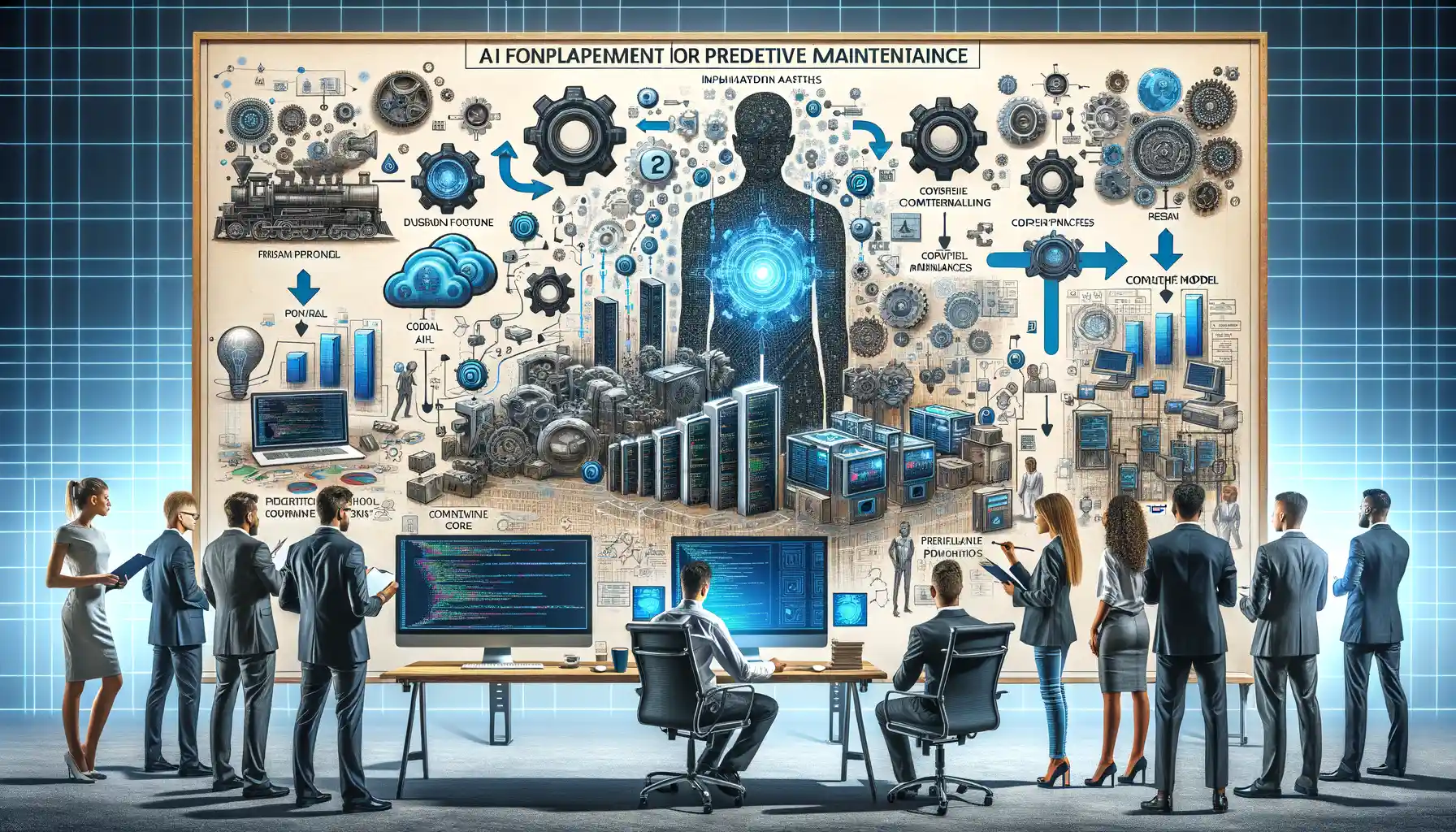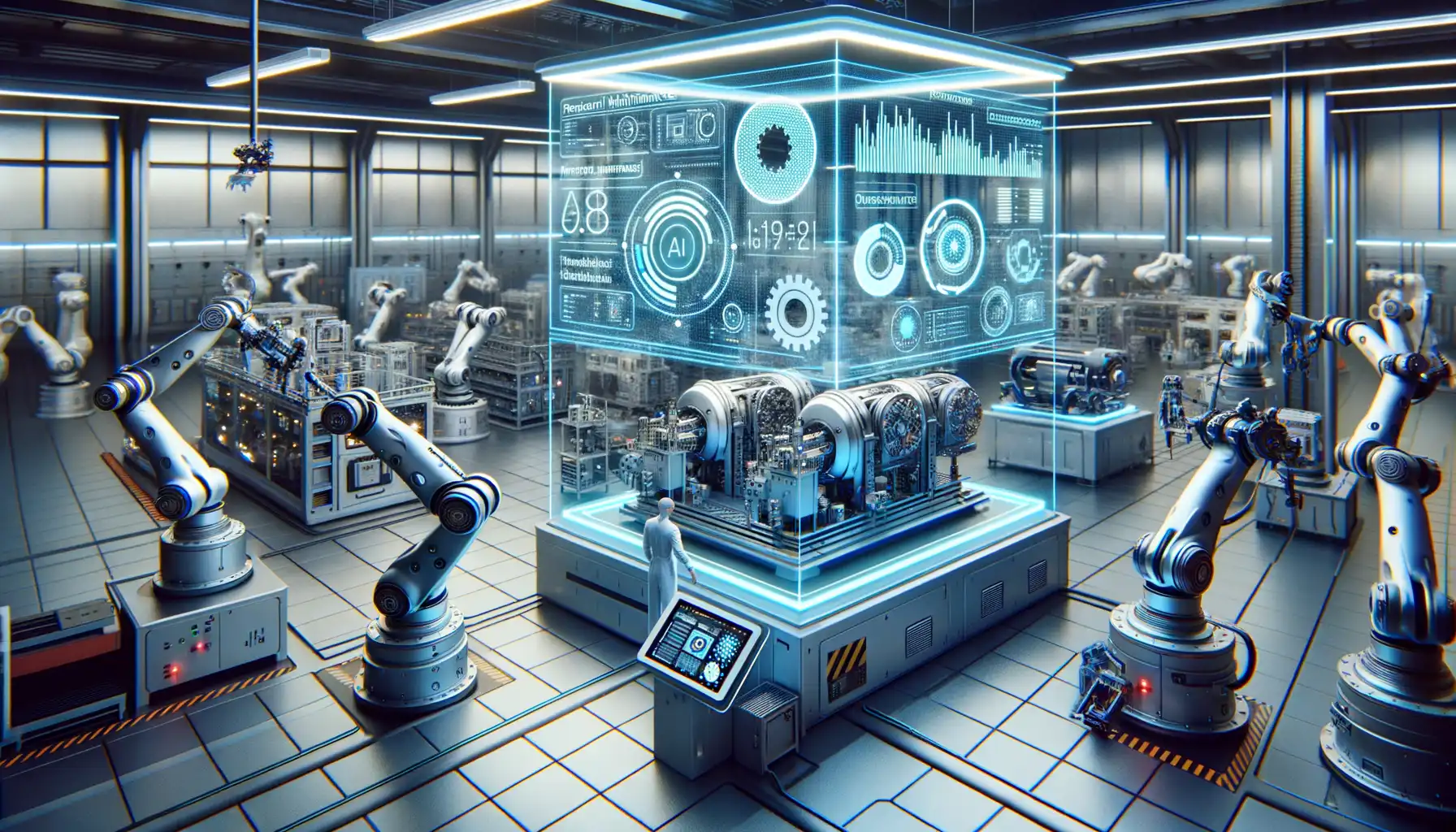Introduction to Predictive Maintenance and AI
Picture this: your app is like a clock, intricately built with countless moving parts. You want it to keep running smoothly—uninterrupted, efficient, and problem-free. But what if you could sense when a gear was about to break, long before disaster strikes? That’s exactly where predictive maintenance shines—and when combined with the magic of artificial intelligence (AI), it becomes a game-changer.
What Exactly Is Predictive Maintenance?
Imagine being able to predict the future—not with a crystal ball, but with data-driven insights. Predictive maintenance is the art (and science) of using real-time data and historical trends to anticipate when a system or component might fail. It’s not just about fixing something when it breaks (reactive) or routinely servicing everything on schedule (preventive). No, it’s smarter than that. It saves you time, resources, and a whole lot of headaches.
Where AI Works Its Magic
Now, how does AI elevate predictive maintenance? AI doesn’t just crunch numbers—it learns. By analyzing mountains of data, AI identifies subtle patterns that human eyes would miss. For example:
- Anomaly detection: Spotting unusual behavior in your app’s performance metrics.
- Failure prediction models: Forecasting which software module might crash next and why.
- Automated alerts: Nudging you into action before things spiral out of control.
With AI, you’re no longer reacting to problems—you’re staying ten steps ahead. That’s the power of predictive maintenance infused with intelligence. Ready to unlock it?
Benefits of Using AI in Predictive Maintenance

Unlocking Proactive Precision: Why AI is a Game-Changer
Imagine being able to predict machine failures before they grind your operations to a halt. That’s not science fiction—it’s what AI in predictive maintenance delivers. By using advanced algorithms, it lets businesses move from reactive “fix-it-when-it-breaks” chaos to a calm, calculated proactive approach. AI doesn’t just see patterns; it unravels the story your data has been trying to tell you all along.
Here’s where the magic happens:
- Reduce Downtime: No more scrambling when equipment unexpectedly stops working. AI accurately forecasts when a part is likely to fail, so you can plan repairs in advance.
- Save Costs: Scheduled maintenance is far less expensive than emergency fixes or total replacements. AI ensures you always stay ahead of costly breakdowns.
- Boost Equipment Lifespan: Think of it as giving your machinery a longer, healthier life by catching small issues before they grow into major problems.
Real-Time Insights That Keep Businesses Running Smoothly
Picture this: a manufacturing floor where every machine whispers its health status in real-time. That’s what leveraging AI feels like. With IoT sensors feeding constant updates, AI systems can spot anomalies—like a turbine running hotter than usual or an elevator motor vibrating more than it should. These aren’t just numbers; they’re alarms, telling you it’s time to act fast.
What’s even more thrilling? The learning never stops. AI-powered systems constantly evolve, meaning their predictions get sharper, smarter, and downright uncanny over time. Whether you’re monitoring a fleet of delivery trucks or managing HVAC in a skyscraper, AI becomes your ever-vigilant partner, ensuring every piece of equipment runs like clockwork.
Key Steps to Implement AI for Predictive Maintenance

Lay the Groundwork for Your AI-Powered Maintenance Strategy
Embracing AI for predictive maintenance isn’t just flipping a switch—it’s like planting a garden. You’ll need fertile soil (data), the right seeds (algorithms), and continuous care. Start by gathering your team. Who understands the machinery? Who knows the quirks of your current maintenance workflow? It’s a group effort!
Next, dive into your data. Historical maintenance logs, sensor readings, failure records—anything you’ve got is gold. But don’t stop there. Ask yourself if those records are clean and well-organized. If they’re messy, AI won’t work its magic.
Bringing AI to Life: Training, Deployment, and Fine-Tuning
Once your data’s in top shape, it’s time to train your AI model. Think of this as teaching a dog new tricks. The more accurate the examples you show, the quicker it learns. Feed it historical patterns, flag anomalies, and set thresholds.
To make this easier, follow these steps:
- Choose platforms or tools that align with your tech stack—like TensorFlow or Azure ML.
- Test small-scale before going all-in. Trust me, nobody wants surprises with critical equipment.
Finally, monitor like a hawk. Even the smartest AI needs tweaks.
Challenges and Solutions in AI-Driven Predictive Maintenance

Unearthing Obstacles in AI-Enabled Maintenance
Imagine you’re on the cusp of revolutionizing your operations with AI-driven predictive maintenance, but suddenly, it feels like assembling a jigsaw puzzle where some pieces just don’t fit. Yes, AI is powerful, but it’s no magic wand. Let’s talk about the bumps on this road—and how to smooth them out!
One major hurdle is the insatiable thirst for data. AI thrives on quality information, but what happens when your machinery isn’t equipped with sensors or the data is, well… a mess? Poorly structured datasets can confuse your algorithms faster than a toddler with a toy box. The solution? Start small! Equip key assets with IoT sensors, and ensure your data gets cleaned and prepped like a chef slicing fresh ingredients.
Another tricky challenge? Convincing your team to trust and adopt an AI-driven process. People may resist change—it’s human nature! But by offering clear examples (like reduced downtime or saved costs) and simplifying technical jargon, you can turn skeptics into believers.
- Challenge: Complex integrations with existing systems.
- Solution: Use modular AI tools that play nice with your current setup.
The journey isn’t without its curveballs, but with creativity and determination, those challenges transform into stepping stones toward success!
Future Trends in Predictive Maintenance with AI

The Transformational Power of AI in Predictive Maintenance
Imagine a world where your machinery whispers its secrets before anything goes wrong. That’s where the future of predictive maintenance, powered by AI-driven insights, is headed. AI isn’t just crunching numbers—it’s becoming a digital detective, spotting subtle patterns humans might miss.
In the coming years, we’ll see huge strides in how machine learning interprets complex data. Think of it as upgrading from a flashlight to a floodlight—sensors detecting micro vibrations, temperature shifts, or minute performance drops will provide actionable alerts *before* disaster strikes.
Emerging technologies like digital twins are also redefining possibilities. A digital twin acts as a virtual replica of your machinery, constantly synced with real-world operations. Imagine testing potential failures on the twin without risking your actual equipment. It’s not just efficient; it’s revolutionary.
What’s Coming Next?
Here’s a glimpse into the jaw-dropping trends poised to take off:
- Edge Computing: AI algorithms running directly on devices to accelerate decisions, even in remote locations.
- Self-Healing Systems: Equipment diagnosing and repairing itself autonomously, cutting downtime to zero.
The future may be unpredictable, but with AI, your maintenance won’t be.



